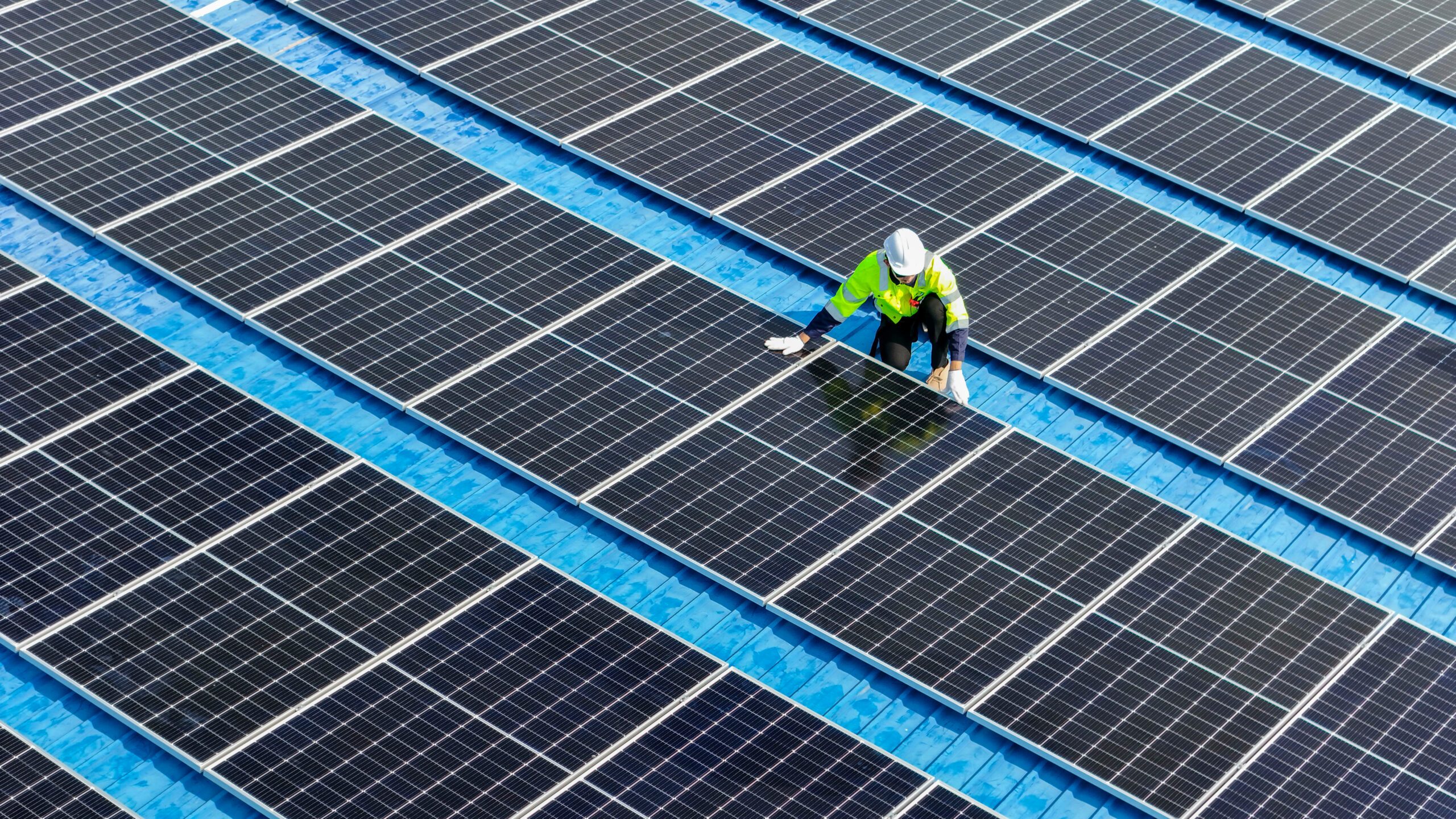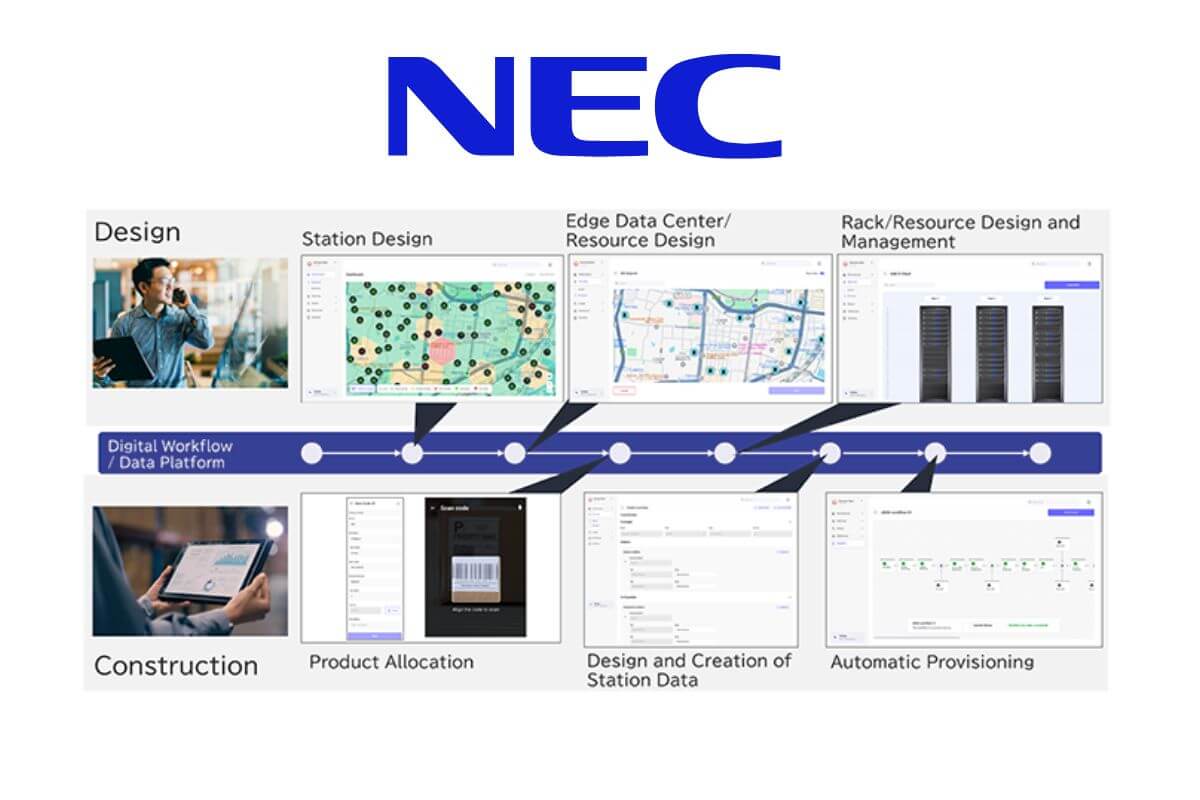Solar power tech evolution triggers decline in gallium demand

Gallium, like many other technology minor metals, has wide applications in the transition to renewable energy, although most global consumption is thought to be in the production of rare earth permanent magnets.
In the solar sector, it is used in specialty gallium arsenide (GaAs) solar cells, but these are far more rare than the silicon-based solar cells that have become mainstream in China and which use gallium as a dopant.
Other notable thin-film solar technologies include cadmium telluride (CdTe) cells, cadmium indium gallium selenide (CIGS) cells, and germanium-based cells.
The prevailing silicon-based solar technologies are transferring from p-type solar cell technologies – which can be doped with gallium, boron or aluminium – to the generally more efficient n-type TOPCon solar cells – which are doped with phosphorus or arsenic. This means that demand for gallium is falling in China, where solar production is overwhelmingly concentrated, Fastmarkets was told.
The rapid growth of solar production capacity has seen the sector have a major influence on supply-demand dynamics for the relatively small-volume minor metal markets such as gallium, whose global primary production capacity is around 1,100 tonnes, according to the US Geological Survey.
The influence of solar demand on minor metals has also been particularly pronounced in the antimony market. Increasing consumption in the solar sector has seen it become a major end-use sector for antimony.
There were significant technological breakthroughs in gallium-doped p-type photovoltaic modules between 2016 and 2021, leading to rapid market adoption. The efficiency of existing PERC modules has nearly reached the theoretical conversion efficiency limit of 24.5%.
But with the rise of n-type TOPCon solar technology, the market share of p-type PERC modules has continued to decline, Fastmarkets heard.
“Many PERC production lines in China have already been converted to TOPCon,” an industry source specializing in gallium said. “The rapid pace of technological updates in the PV industry means that PERC technology is gradually being phased out, which almost spells the end for the use of gallium in photovoltaic crystalline silicon cells. Gallium’s prospects are extremely bleak.”
TOPCon modules offer high bifaciality, low-temperature coefficient, minimal light degradation, and superior low-light performance, and have become the dominant technological pathway.
TOPCon cells now account for as much as 80% of China’s domestic production and are being adopted more and more in markets outside China, industry sources told Fastmarkets.
The production process for n-type TOPCon modules is largely similar to that of PERC technology, because the manufacturing equipment for TOPCon cells essentially builds on PERC production lines. This is one of the key reasons for the rapid transition to TOPCon technology.
With technological advancements and market changes continuing, the gradual phasing-out of p-type PERC modules has essentially marked the end of gallium’s role in photovoltaic crystalline silicon cells. The demand for gallium is thus expected to follow a declining trend, according to market participants.
Since 2023, several PV companies have written down the value of their PERC-related assets for impairment. For instance, Longi Solar recognized an asset impairment loss and provisions totalling more than 2 billion yuan ($274 million); Jinko Solar recorded asset disposal and impairment losses of 1.3 billion yuan; and Trina Solar reported more than 1 billion yuan in losses, according to their official announcements.
In 2024, JunDa Co completely eliminated its PERC production capacity, it said, writing off 894 million yuan for the impairment of 9.5GW of PERC-related assets.
Gallium prices have shown significant fluctuations since 2020. According to Fastmarkets’ weekly price assessments, the price for gallium was only 960-1,000 yuan per kg at the beginning of 2020, before rising dramatically. In May 2022, it peaked at 3,500-4,000 yuan per kg. It has since declined somewhat.
Fastmarkets’ most recent weekly price assessment for gallium, 99.99% Ga min, in-whs China, was 1,780-1,820 yuan ($243-248) per kg on Friday January 17. This was up by about 83.67% from 960-1,000 yuan per kg on January 1, 2020.
Shin-Etsu Chemical was a leader in the semiconductor silicon wafer market, and was largely responsible for developing gallium-doped silicon technology in the PV industry. The company patented gallium-doped silicon technology in the US and Europe in 2000.
During the patent protection period, companies such as Longi and JA Solar could only gain access to the technology through licensing agreements.
In May 2020, after the patent expired, the industry quickly shifted from boron to gallium for producing p-type silicon, significantly boosting the development of PERC technology, contemporary media reports showed.
But with the rise of n-type TOPCon technology, the use of gallium in PV production is now on the decline, and gallium’s market prospects are increasingly dim, market participants said.
The market share held by p-type PERC solar modules has been shrinking, with such modules increasingly being replaced by n-type TOPCon modules.
This technological shift is not only reshaping the market for solar modules but is also significantly decreasing the demand for gallium, which has long been an essential element in the production of PV cells.
Solomon Cefai in London contributed to this report.
link







